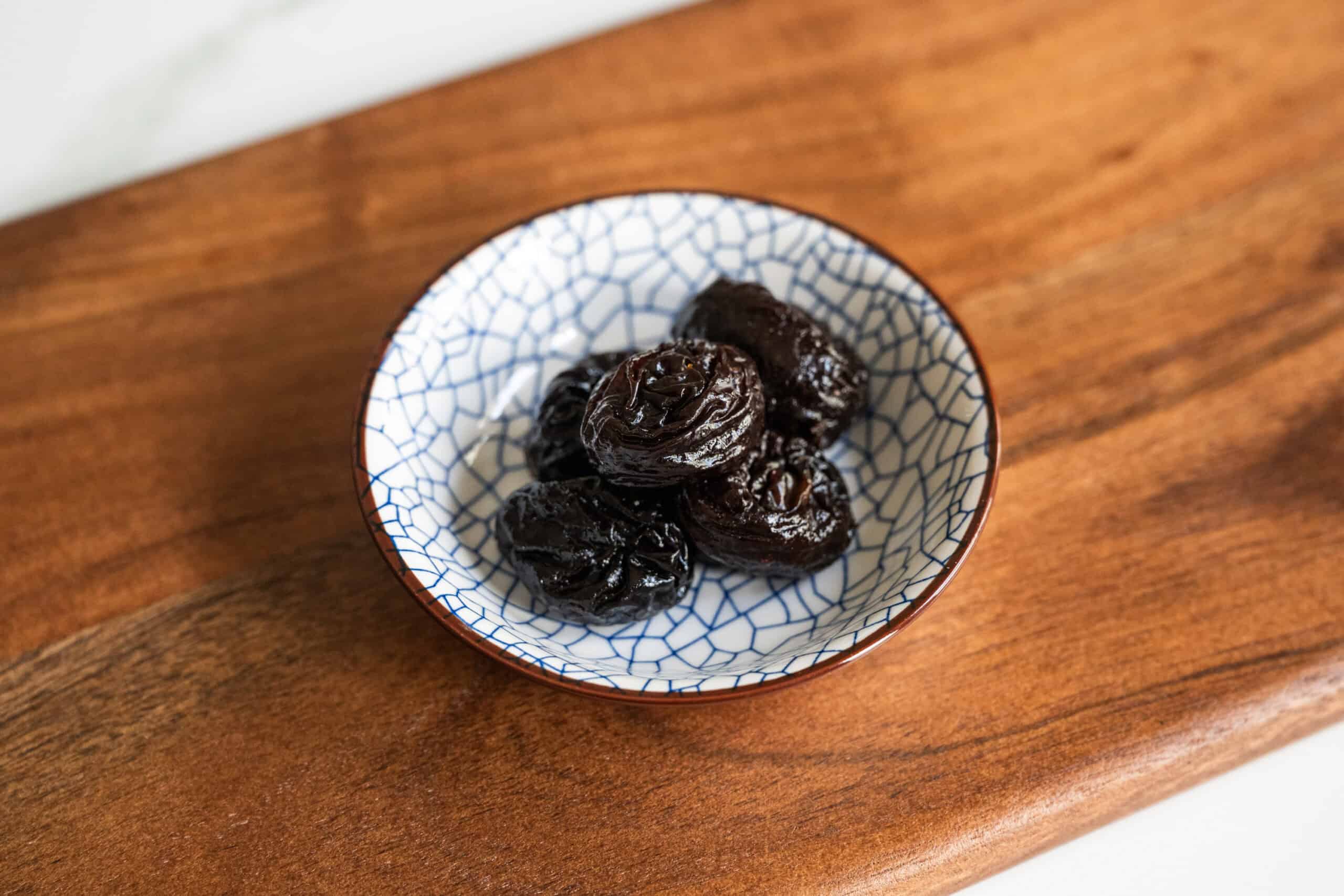
How Prunes Support Bone Health: Insights from Cutting-Edge Nutrition Research
Nutrition Research: Two new studies will expand our understanding on the role of prunes and bone health in the rate of fracture healing and in lowering the risk of bone loss in young women using oral contraceptives.
Dr. Bahram Arjmandi and his team at Florida State University and the Tallahassee Orthopedic Clinic will investigate the Effect of Prunes on Fracture Healing in Men and Women with a Wrist Fracture. According to the investigators, wrist fractures are the most common type of upper extremity fracture in older adults. As the first study we’ve done to potentially enhance fracture healing, this is an important step towards verifying the effects prunes have on an all-to-frequent incidence among many adults.
Drs. Shirin Hooshmand and Mark Kern (San Diego State University) will investigate the Impact of Consuming California Prunes on Bone Health of Young Women Using Hormonal Contraceptives. According to the investigators, estrogens are major determinants of bone mass, affecting the acquisition of peak bone mass during adolescence and young adult age, modulating bone mineral density, and the risk of osteoporosis and bone fracture later in life. This study will seek to further understand the bone health risks women face and the connection prunes have in the prevention of bone loss.
Meet Connie Weaver
We continue our interviews with the newest members of the Board’s Nutrition Advisory Panel. See the Winter 2019 newsletter for the interview with Jeffrey Blumberg. Here we meet Connie Weaver PhD, Professor Emerita, Purdue University, West Lafayette, Indiana. Dr. Weaver has international recognition as a bone researcher with an interest in mineral bio-availability and metabolism.

Describe the current research trends in the area of bone health relevance to prunes.
There has been substantial pre-clinical evidence that prunes benefit bone. Drs. Arjmandi and Hooshmand excited the scientific community when they reported a randomized, controlled trial of prunes providing more benefit to bone mineral density than apples. There is continued research to verify the benefit of prunes to bone in humans. Apples also have bioactive components that may benefit bone so the benefit of prunes may be even larger than when compared to another fruit with bioactives. Many people at risk for osteoporosis or trying to manage the condition would be more attracted to a diet solution to bone loss than expensive drugs with serious side effects.
What intrigues you most about joining the Nutrition Advisory Panel to help drive the future of prune research?
I have been following the literature on prunes and bone health and am interested in helping guide the best science in this area. Other related areas such as osteoarthritis are also intriguing. I admire the investment that the group gives to the research community including conferences as well as directly supporting their own research.
What does your typical workday look like?
A Professor’s work is never done. It involves teaching, research, outreach to public and private organizations and communities and professional societies as well as the media with associated travel around the world, mentoring of students, serving on committees, and writing and reviewing manuscripts and grants. I have also been involved in work related to setting public policy in nutrition and science arenas such as the Food and Drug Administration Science Board, the Dietary Guidelines Advisory Committee, and the National Osteoporosis Foundation.
What do you like to do when you are not involved in nutrition research?
I exercise, read, garden, go on adventure vacations like skiing, play with my grandchildren, and take dance lessons.